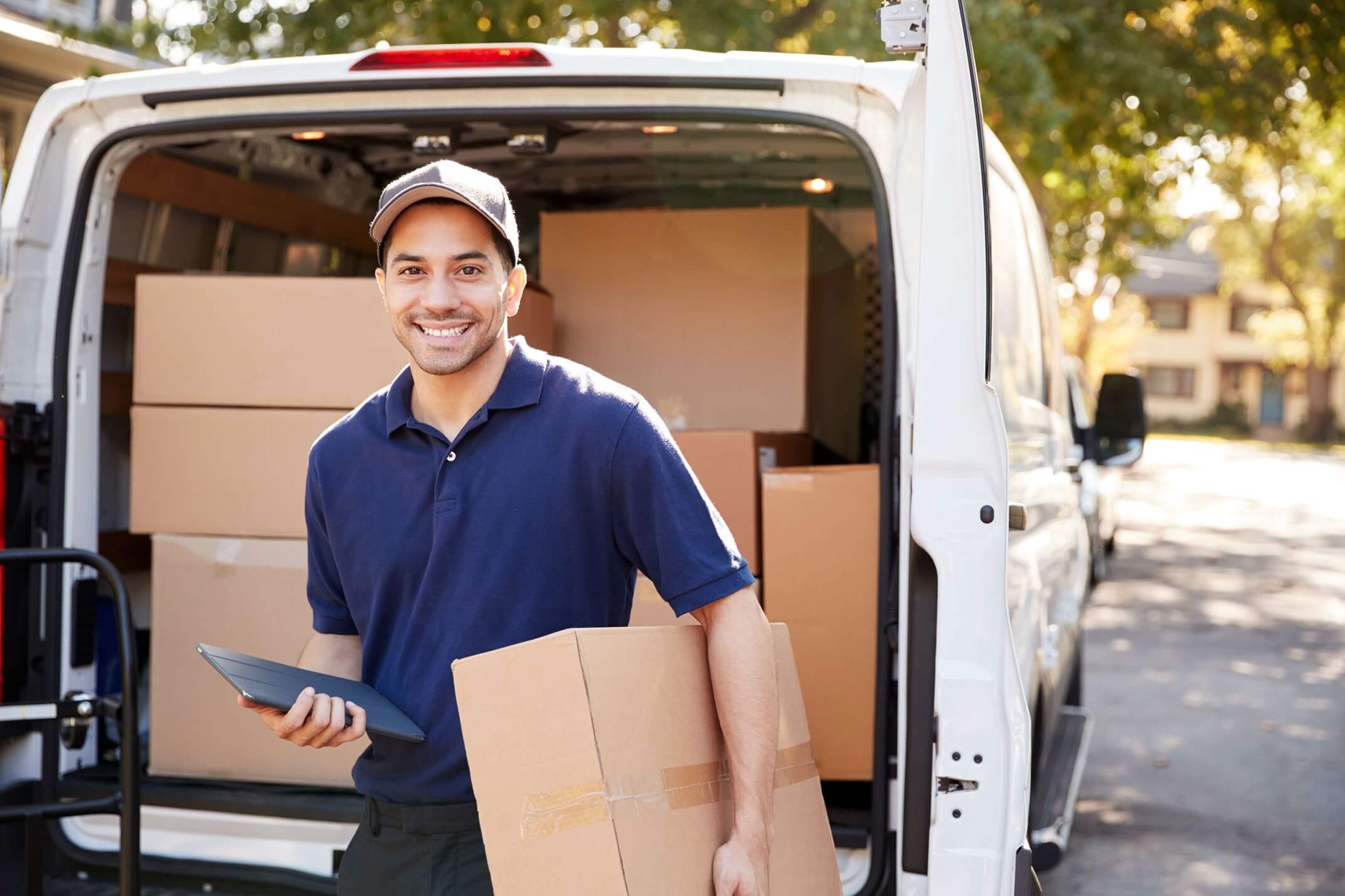Get in the Driver’s Seat: Your Guide to Landing a Delivery Job
Updated: Apr 03, 2025
Ready to make some extra money? As the busy season approaches, companies everywhere are ramping up their hiring for delivery drivers. With the holidays fast approaching, now is the time to jump in. Don’t wait—apply today and start earning!

A career as a delivery driver might be the perfect fit for you. This guide will help you understand the steps to get started, the best companies to work for, and how to maximize your earnings as a delivery driver.
The Role of a Delivery Driver
Delivery drivers are responsible for transporting goods from one location to another. This can include packages, food, retail items, and more. The job requires good driving skills, time management, and customer service. Delivery drivers play a crucial role in ensuring that products reach their destinations on time and in good condition.
One of the biggest benefits of being a delivery driver is the flexibility it offers. Many companies allow drivers to choose their own schedules, making it an ideal job for those who need to balance work with other commitments. Additionally, delivery driving can be a stepping stone to other opportunities within the logistics and transportation industry.
Steps to Become a Delivery Driver
Before you can start applying for delivery driver jobs, there are a few steps you need to take:
- Meet the Basic Requirements: Most companies require drivers to be at least 18 years old (21 for some positions) and have a valid driver’s license. You’ll also need a clean driving record and may need to pass a background check.
- Get the Necessary Experience: While not always required, having prior experience in driving or delivery can be a plus. Consider taking on part-time or gig work to build your resume.
- Choose Your Vehicle: Depending on the type of delivery job you’re interested in, you may need your own vehicle. Some companies provide vehicles, while others require you to use your own. Make sure your vehicle is reliable and well-maintained.
- Apply for Jobs: Once you have your license and any necessary experience, you can start applying for delivery driver jobs. Look for positions that match your skills and preferences, and be prepared to undergo an interview and possibly a driving test.
Top Companies for Delivery Drivers
There are many companies that hire delivery drivers, each offering different benefits and opportunities. Here are some top companies to consider:
-
Amazon Flex: Amazon Flex allows drivers to deliver packages using their own vehicles. Drivers can choose their own hours and earn a competitive hourly wage. This gig-style job offers flexibility and the potential for high earnings during peak delivery times.
-
UPS: UPS is known for offering good pay and benefits to its drivers. Positions with UPS can range from seasonal work to full-time careers. They provide vehicles for deliveries and have a strong focus on safety and training.
-
FedEx: Similar to UPS, FedEx offers competitive wages and benefits. They have various driving positions, including local delivery and long-haul routes. FedEx also provides extensive training and support for their drivers.
-
DoorDash: For those interested in food delivery, DoorDash offers flexible hours and the opportunity to earn tips. Drivers, known as Dashers, use their own vehicles and can work whenever they choose, making it a great option for part-time work.
-
Uber Eats: Another popular option for food delivery, Uber Eats allows drivers to set their own schedules and earn money delivering food from local restaurants. The flexibility and ease of getting started make it an attractive choice for many drivers.
Companies That Pay You While You Train
Some companies offer paid training programs, allowing you to earn money while you learn the ropes of being a delivery driver.
-
UPS: UPS provides paid training for new drivers, ensuring they are well-prepared for the job. Training includes both classroom instruction and hands-on driving practice.
-
FedEx: FedEx also offers paid training programs for their drivers. New hires receive comprehensive training to help them succeed in their roles and ensure they understand company protocols and safety procedures.
Tips for Maximizing Your Earnings
While being a delivery driver can be a lucrative career, there are ways to increase your earnings and make the most of your time on the road. Here are some tips:
- Choose High-Demand Times: For gig-style jobs like Amazon Flex or food delivery services, working during peak hours can increase your earnings. Look for times when demand is high, such as weekends, holidays, and meal times.
- Maintain Your Vehicle: Keeping your vehicle in good condition can help prevent costly repairs and downtime. Regular maintenance ensures you can stay on the road and continue earning money.
- Use Efficient Routes: Plan your routes carefully to minimize driving time and fuel consumption. Apps like Waze or Google Maps can help you find the fastest routes and avoid traffic.
- Provide Excellent Customer Service: Happy customers are more likely to leave positive reviews and tips. Be courteous, communicate effectively, and ensure deliveries are accurate and on time.
- Track Your Expenses: Keep track of your mileage, fuel costs, and other expenses related to your job. This information can be useful for tax deductions and understanding your net earnings.
Advancing Your Career
Starting as a delivery driver can open doors to other opportunities within the logistics and transportation industry. Here are some ways to advance your career:
- Gain Additional Certifications: Consider obtaining certifications such as a Commercial Driver’s License (CDL) or hazardous materials (HazMat) endorsement. These can qualify you for higher-paying jobs and more specialized roles.
- Seek Promotions: Many companies offer opportunities for advancement. For example, UPS and FedEx have career paths that can lead to supervisory or management positions.
- Explore Related Fields: Experience as a delivery driver can be a stepping stone to other roles in logistics, such as warehouse management, dispatching, or supply chain coordination.

